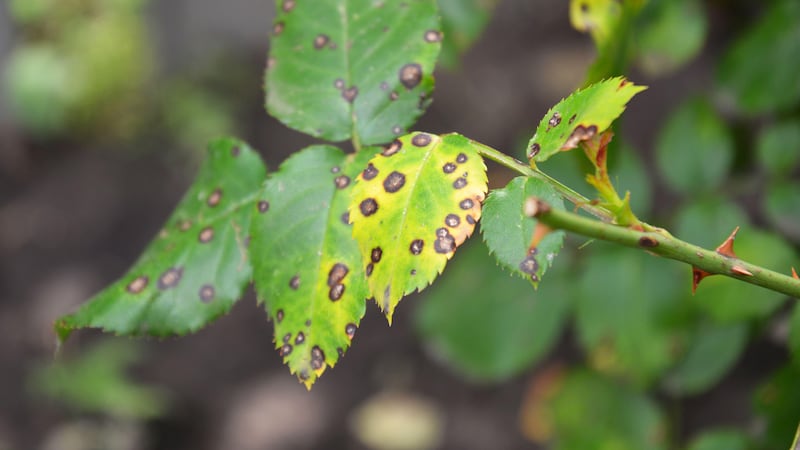While not at all enamoured by the cultural reductionism that is the Wild Atlantic Way, and too old to have been a fan of the Wide Awake Club when it aired in the 1980s, I’m nonetheless enjoying Timmy Mallett‘s social media posts from his cycling trip in Ireland.
Arriving in Belfast in late March, where he was greeted by Deputy First Minister Emma Little-Pengelly, the Itsy Bitsy Teenie Weenie Yellow Polka Dot Bikini-singer made his way across Ulster to Sligo before before turning left and skirting the west coast.
As I write, he’s heading east having spent last weekend in Cork, where he met Taoiseach Micheál Martin.
While I’m forgiving of Mallett’s celebration of tweeness and even his decidedly average watercolours, I was forced to recoil on one occasion when alongside a blossoming blackthorn, he lauded a “beautiful rhododendron”.

I’m sorry Timmy mate, the Rhododendron ponticum‘s flowers are indeed attractive, ostensibly at least, and a common sight at this time of year in the West’s peat-rich landscape. However, in ecological terms, the shrub’s 250-year presence in Ireland has been a disaster.
Originating on the Iberian peninsula, Rhododendron ponticum subsp. baeticum has been extensively cultivated and is often used a rootstock onto which other, arguably more attractive, rhododendrons are grafted.
 Before (left) and after the clearance of invasives at Mourne Park. PICTURE: WTNI
Before (left) and after the clearance of invasives at Mourne Park. PICTURE: WTNI
Like many grafted plants, vigorous suckers sprout from the rootstock, and if not kept in check, quickly outgrow the scion, or the upper part that’s been grafted on. In favourable conditions, Rhododendron ponticum can colonise square miles over a few decades.
The combination or ericaceous (acid) soil and the Gulf Stream’s moderating influence has enabled it to thrive in western Ireland, where alongside other invasive non-native species (Inns) such as Crocosmia x crocosmiiflora (AKA montbretia) and Gunnera tinctoria (AKA giant rhubarb), they out-compete native plants.
Little, if anything, grows beneath the canopy of the rhododendron, creating a biodiversity wasteland.
Here in the north, it’s not illegal to sell it but under the Wildlife Order (NI) 1985, it’s illegal “to plant or cause it to grow {Rhododendron ponticum} in the wild”.
You may wonder who in this day and age would plant or cause to grow an invasive non-native? However, very often new colonies of invasive plants are born from dumped garden waste.
Earlier this month, coinciding with Invasive Non Native Species Week, the Woodland Trust urged gardeners not to buy Rhododendron ponticum.
The conservation charity manages 55 woodlands and community woods across across the north, from the Faughan Valley in Co Derry to Mourne Park in Co Down. It also has guardianship over some all-to-rare ancient woodland.
At Mourne Park, 60 hectares of invasives, primarily rhododendron and cherry laurel, have been cleared since 2019, using what the trust describes as a “multi-pronged approach”, that mostly consists of contractors with machinery and teams of volunteers removing the offending plants by hand.
According to Woodland Trust estate manager Dave Scott, without intervention, the woodlands overrun with invasives would slowly die.
“So by clearing rhodi and laurel from this site, we are opening it up, allowing the light to come in and allowing the trees to regenerate,” he says.
“Without this regeneration our woods will die out, including our ancient woodlands the most diverse of our land habitats supporting more plants and animals than any other. To date we’ve cleared 60ha of invasives from Mourne Park, and we’ve still 40ha to clear.”

